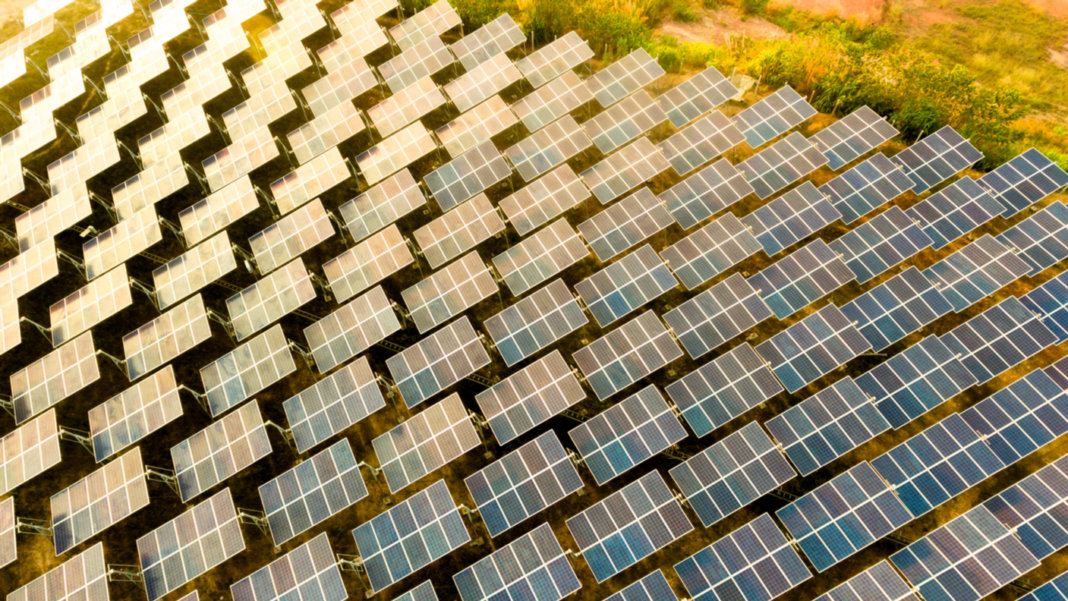 |
| Image credit: Shutterstock.com |
Right now it only exists on paper, in the form of a memorandum of understanding. But when constructed, the newly-announced solar photovoltaic project in Saudi Arabia will break many records. It’s larger than any solar project currently planned. The project was announced in New York on March 27. It is backed by Softbank Group and Saudi Arabia’s new crown prince, Mohammed Bin Salman.
The “Great Wall of Solar” in China is the world’s largest operating solar farm, with a capacity of 1.5 GW. Larger farms are under construction, including the Westlands Solar Park, which plans to finish with 2.7 GW of capacity.
The Saudi project includes two early-stage solar parks will have a capacity of 7.2 GW, and will generate electricity as early as next year. When completed, nominally in 2030, it will have a capacity of an astonishing 200 gigawatts (GW).
Saudi Arabia’s current electricity generation capacity is 77 GW. This project will almost triple it. The current total solar photovoltaic generation capacity installed worldwide is 303 GW. In other words, this single solar farm will account for a similar installed capacity as the entire world’s capacity in 2015, and over a thousand times more than we had in 2000.
The estimate for the budget is around $200 billion.
It will come as no surprise that Softbank is involved in this project. The founder, Masayoshi Son, is well-known for large-scale “visionary” investments. It has invested millions of dollars in tech companies like Uber, IoT, NVIDIA and ARM, and startups across fields like VR, agritech, and AI.
Son is also focused on green electricity, floating the idea of an Asia Super Grid that will connect Mongolia, India, Japan, China, Russia, and South Korea with high-voltage DC power cables. “Since this is such a grandiose project, many people told me it is crazy,” Son said. “They said it is impossible both economically and politically.” The first stage of the project, a demonstration wind farm of 50 megawatts in Mongolia, began operating in October of last year.
Softbank will invest $25 billion in Saudi Arabia, and $1 billion will be spent on the first solar farms there.
Prince Mohammed Bin Salman, 32, who recently consolidated power, is a modernizer. He is effusive about the project. He said: “It’s a huge step in human history. Although it’s risky, we will succeed.”
It is the risk that will keep renewable energy enthusiasts concerned.
Every visionary plan contains the potential for immense disappointment. The fact that a memorandum of understanding exists between the Saudi government and Softbank is no guarantee that it will ever be built. Some analysts in the industry are a little skeptical.
“It’s an unprecedented construction effort; it’s an unprecedented financing effort,” said Benjamin Attia, a global solar analyst.
These vast-scale renewable energy projects can fail, despite immense enthusiasm. They are not easy to accomplish. But in a world without fossil fuels, they will be required. This project could be a flagship example of how to run a country on renewable energy—or another example of grand designs and good intentions. We’ll have to wait to find out which.
